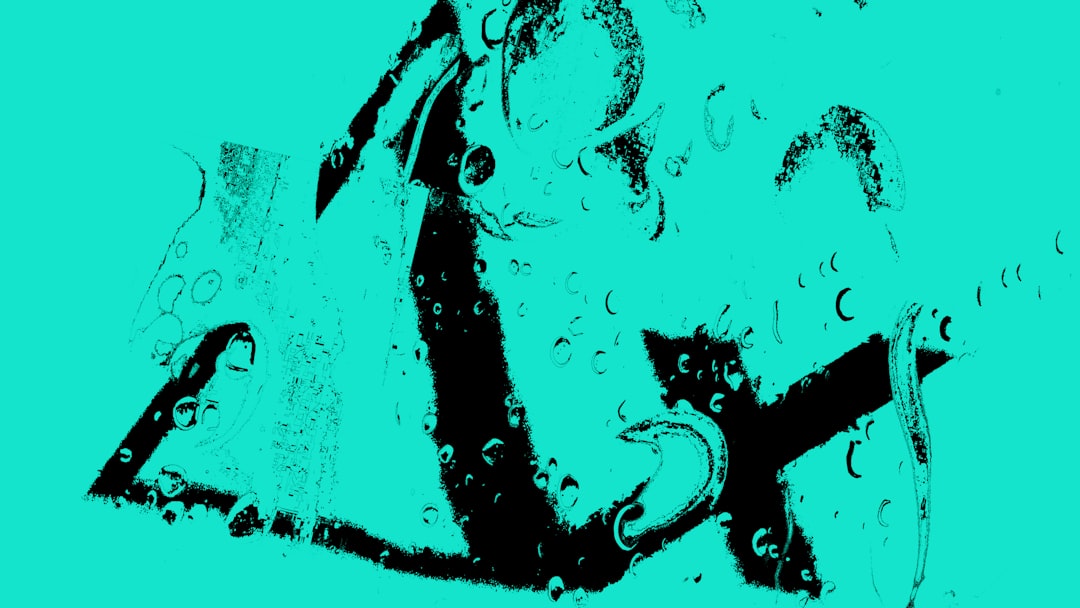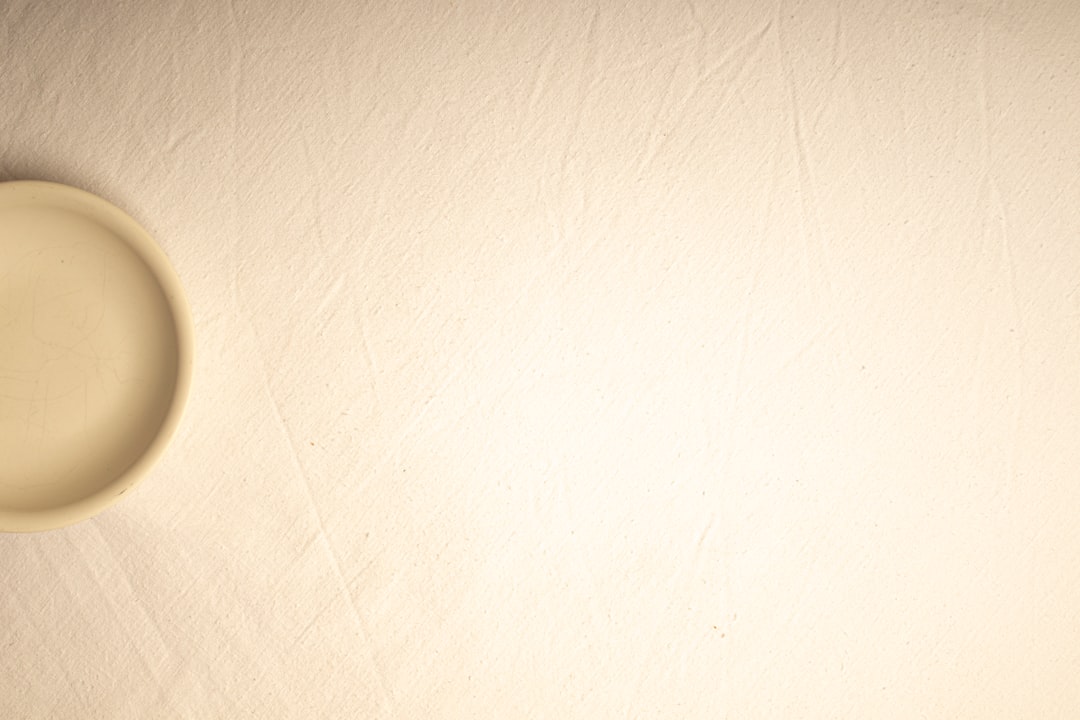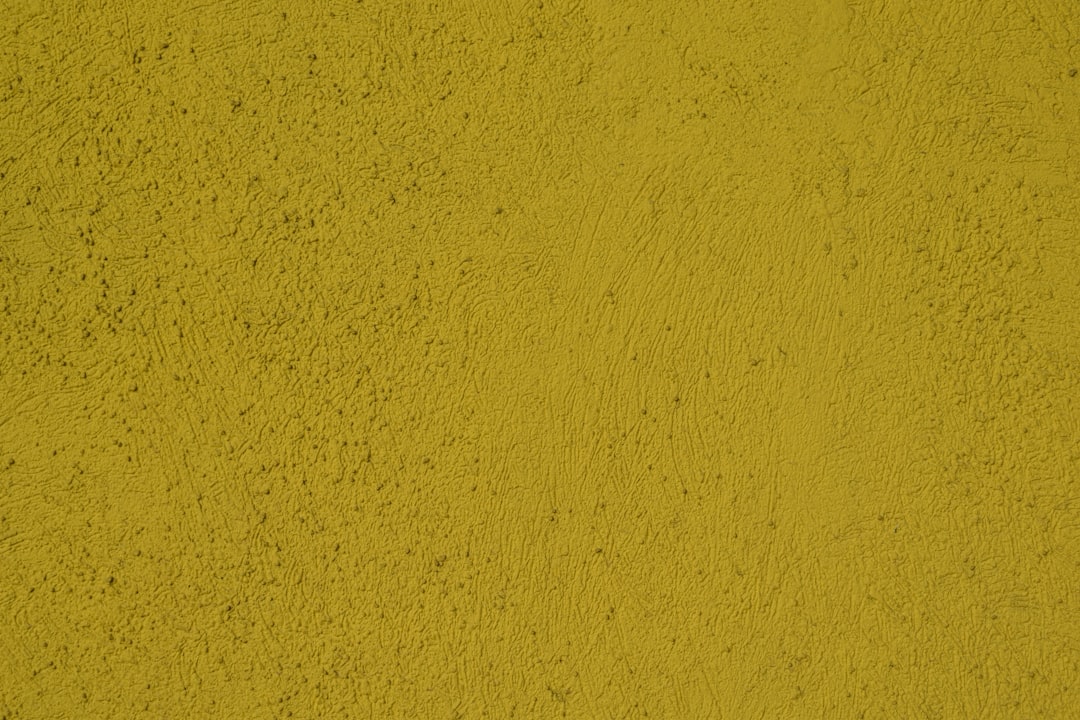

Engage prospects with a scan and streamline customer engagement with FREE QR code marketing tools by Sona – no strings attached!
Create a Free QR CodeFree consultation

No commitment

Engage prospects with a scan and streamline customer engagement with FREE QR code marketing tools by Sona – no strings attached!
Create a Free QR CodeFree consultation

No commitment
In today’s digitally driven marketplace, QR codes are rapidly redefining the connection between physical service touchpoints and digital engagement. For ceiling cleaning services, bridging this divide addresses persistent challenges, such as missed high-value prospects who interact offline and never make it into the CRM, or cumbersome manual processes that create friction for both clients and teams. Instantly accessing vital information, instructions, or scheduling tools via a simple scan not only elevates professionalism but also enables real-time lead capture and timely, trackable interactions.
Marketers and business leaders in ceiling cleaning services know each customer touchpoint must deliver clarity, trust, and convenience. Too often, potential leads remain anonymous, paperwork gets lost, and outdated methods like paper brochures or manual checklists cause inefficiencies and limit follow-up opportunities. Without visibility into who is engaging or up-to-date account data, it is easy to lose conversion opportunities or overlook upsell potential. QR codes offer a natural remedy: delivering real-time access to educational content, automating post-service feedback like Google reviews, verifying safety compliance, and syncing engagement signals across teams in a frictionless, app-free experience.
By embedding QR codes on flyers, maintenance guides, or equipment instructions, ceiling cleaning services can modernize operations, close the gap on missed prospects, maintain fresh segmentation data, and nurture relationships throughout the entire client lifecycle. The result is a measurable increase in operational efficiency and customer satisfaction through consistent, actionable digital touchpoints.

QR codes bridge the physical and digital divide for ceiling cleaning services. They make it easy to deliver instant information and collect actionable data at every service touchpoint. This directly addresses the frustration of losing track of high-value prospects who never submit forms or reach out directly, and it reduces the operational burden that comes with manual paperwork and follow-ups.
Traditional materials and processes like printed brochures, paper checklists, and phone tag for estimates can be replaced with QR-enabled flows. These flows guide prospects and clients to digital destinations that convert faster and with less friction. With a single scan, a prospect can book a site visit, a facility manager can review safety protocols, and a client can complete a satisfaction survey that triggers automated follow-up.
A modern QR platform consolidates engagement across all these points. It automates tracking and audience segmentation by context, then syncs the resulting data to your CRM and marketing tools. This closes the offline-to-online gap, allows for precise nurturing, and improves retargeting efficiency across the funnel with the Sona QR product overview.
In ceiling cleaning services, the gap between offline engagement and online visibility often means prospective clients reviewing your materials never become actionable leads. Facilities managers might take a brochure during a walk-through, or a general contractor might see signage at a jobsite, yet no one fills out a form. This lack of visibility translates into lost opportunities, ambiguous revenue attribution, and inefficient marketing spend.
QR codes make it simple to capture intent in real time and tie every interaction to a measurable digital action. They expedite processes that ceiling cleaning teams rely on: scheduling, safety verification, documentation, and feedback. Instead of hoping a prospect remembers your phone number or web address, you provide a scan that gets them to the right tool instantly.
For this industry, think about materials like appointment cards, jobsite signage, inspection checklists, and on-site safety boards. QR codes turn these common assets into interactive gateways that shorten the path from attention to action and make every interaction measurable.

Selecting the right QR code type ensures each scan leads to the best possible experience. Ceiling cleaning providers benefit most from formats that support quick actions like booking, documentation access, and contact sharing. A mix of dynamic and static codes often works best, depending on the need for tracking and editability.
Dynamic QR codes are ideal for campaigns, multi-location deployments, and anything that requires updates. They allow you to adjust destinations without reprinting and to attach tracking parameters that feed your analytics and CRM. Static codes are useful for evergreen resources that change rarely, like certain safety posters or long-term equipment tags.
A robust platform like Sona QR allows you to generate all of these formats, manage them centrally, and capture analytics from every scan. That means you can test destinations, update campaigns in real time, and keep your operations aligned with market needs and compliance requirements.

Ceiling cleaning services operate in a world of physical spaces: offices, warehouses, retail stores, healthcare facilities, and educational campuses. Many of the most promising growth opportunities are hidden in these environments, where interested parties encounter your brand but rarely take the next step. QR codes turn those encounters into measurable actions for retail and beyond.
You can use QR codes to connect offline interest with online journeys that book consultations, trigger follow-ups, and surface demand for recurring maintenance programs. Determine which materials and placements your audience already encounters, then embed a clear, benefit-driven call to action with a QR code.
Analyzing scan data by placement reveals which environments and channels produce engaged traffic. You can then prioritize nurturing and outbound sales for accounts signaling the most interest or urgency.

QR codes shine when they are connected to clear actions that support core business objectives. For ceiling cleaning teams, the most valuable use cases focus on removing friction from booking, improving compliance transparency, and expanding post-service engagement.
When you plan use cases, map the action you want the scanner to take and the outcome you expect. Then build the destination to make that action effortless. Over time, review performance by code, location, and audience to focus on the scenarios with the highest ROI.
Each of these scenarios accelerates lead capture, strengthens compliance posture, and reduces manual tasks. They also feed a single source of engagement data that informs both marketing and operations.
Each QR code scan is a signal that captures intent and context. In ceiling cleaning, these signals often come from distinct personas such as facility managers, property managers, general contractors, and small business owners. By deploying multiple codes tailored to these audiences and journeys, you can segment automatically and run precise retargeting and follow-up using intent-driven retargeting.
Start by assigning unique codes to each major journey stage and location. Awareness codes on jobsite signage, consideration codes on brochures with case studies, and conversion codes on pricing sheets or limited-time offers build a funnel that maps directly to behavior. Then feed these segments to your CRM and ad platforms for coordinated nurture.
With a platform like Sona QR, each code becomes a smart entry point. You can automatically label scans, route them to the right sequences, and create lookalike audiences of your highest-value engagers.
QR codes connect offline interactions to digital journeys, which is especially powerful in a field where most engagement starts on-site. When you align your QR strategy with print, direct mail, out-of-home, social, and events, you create a cohesive experience and a continuous flow of measurable data across placements like billboards.
Think through the core channels you already use and add QR codes that drive an immediate, useful action. Then make sure your platform centralizes scan data so you can compare performance and iterate quickly.
Centralized QR code management allows you to treat these media as parts of a connected system rather than isolated tactics. With Sona QR, you can manage codes, monitor performance by placement, and sync scan data to your CRM and ad platforms for coordinated follow-up.
A successful QR program starts with clarity about your goals, the audiences you are serving, and the actions you want to drive. For ceiling cleaning providers, that often means improving conversion on estimate requests, standardizing safety compliance, and increasing recurring revenue through maintenance programs.
Use this checklist to plan and launch a focused campaign. Each step includes practical guidance tailored to the environments and materials common in ceiling cleaning services.
Begin by pinpointing the bottleneck you want to eliminate. If you are losing estimate requests to phone tag, make your first campaign a scan-to-schedule flow that prioritizes speed and convenience. If compliance documentation slows down mobilization, set up codes that open verified safety checklists and MSDS sheets in seconds.
Choose between static and dynamic based on how much flexibility and tracking you need. For most marketing and operations use cases, dynamic wins because it lets you update content, add UTM parameters, and attribute scans to revenue.
Design should match the environment and intention. Codes on jobsite signage need high contrast and simple CTAs, while codes on brochures can incorporate brand colors and a short value proposition. Always prioritize clarity of the call to action.
Place codes where your highest-fit prospects and clients engage. In ceiling cleaning, that often includes direct mail to property managers, brochures left after walk-throughs, jobsite compliance boards, and branded vehicle or window signage near commercial corridors.
Measurement transforms QR from a novelty into a growth lever. Tie each scan to stage, persona, and placement. Review results weekly in your dashboard and make iterative improvements to your creative, destinations, and follow-up sequences.

Without full-funnel tracking, ceiling cleaning services risk guessing which interactions actually drive revenue or retention. Knowing that a scan happened is helpful, but what you really need is the ability to connect that scan to a quote request, a booked job, a review, a contract renewal, or an upsell. When you close that loop, you can double down on what works and stop funding what does not.
A modern QR stack should capture scan context, enrich contact profiles, and attribute revenue. It should also let you respond in real time, so you can shift budget and messaging while a campaign is still running. This is how QR becomes part of your performance marketing and operations strategy rather than a standalone tactic.
Sona QR captures real-world engagement, and Sona.com turns that engagement into insights. Together they help ceiling cleaning providers connect scans to revenue and make QR an integral part of a measurable growth engine.
Scaling QR impact involves standardizing best practices and making it easy for teams and clients to engage. Focus on clarity, measurement, and seamless follow-up. Educate both your staff and your customers on the value of scanning, and connect your QR activity to automation that does the heavy lifting.
Choose tips that match the media you use most and the outcomes you care about. If vehicles and window signage are key exposure points, you might emphasize larger codes and concise CTAs. If your growth comes from property manager referrals, prioritize trackable appointment booking and post-service feedback flows.
For creative deployment, consider a QR sticker on the inside of a ceiling access panel that opens a site-specific maintenance log and schedule, or a QR on invoices that lets clients rebook with one tap and preselect the same crew. These small conveniences add up to stronger retention and dependable recurring revenue.
QR codes have emerged as a practical, high-impact solution for ceiling cleaning services grappling with disconnected offline and online interactions. Every printed asset and worksite surface can become a launchpad for efficient lead capture, educational engagement, job documentation, and automated follow-up. When implemented with a centralized platform, these touchpoints address the pain of missed prospects, untracked interactions, and manual process leaks.
As ceiling cleaning services continue to modernize, QR codes stand out as a driver of efficient, data-informed customer experiences at every touchpoint. By linking the physical environments where your teams operate to digital journeys that book, educate, and verify, you create a connected funnel that improves conversion, raises client satisfaction, and expands recurring revenue. With Sona QR, you can generate and track your first codes in minutes—Start creating QR codes for free—unify scan data with your CRM, and tie real-world engagement to pipeline and revenue through Sona.
QR codes have transformed ceiling cleaning services from routine maintenance tasks into dynamic, customer-focused engagement opportunities. Whether it’s streamlining service access, enhancing communication with clients, or providing instant access to cleaning records and safety information, QR codes replace outdated paper processes with instant, mobile-friendly solutions that boost efficiency and transparency. Imagine your clients scanning a code to instantly schedule services, review cleaning history, or request quotes—all while you gain real-time insights into customer needs and preferences.
With Sona QR, you can create dynamic, trackable QR codes in seconds, update information instantly without reprinting, and link every scan directly to actionable data that drives customer acquisition and loyalty. No missed service opportunities, no guesswork—just smarter, more effective client interactions. Start for free with Sona QR today and turn every scan into a seamless service experience and a step toward growing your ceiling cleaning business.
Modern ceiling cleaning services use QR codes to provide instant access to cleaning instructions, maintenance checklists, and educational content that guide effective cleaning and stain prevention.
Utilizing QR-enabled materials such as flyers, posters, and equipment labels linked to digital resources and safety protocols enhances cleaning efficiency and client education.
Frequency depends on material type and environment, with QR code-enabled educational hubs offering recommended cleaning schedules and stain prevention tips to help clients maintain optimal ceiling condition.
Visible stains, dirt buildup, or compliance checklist alerts accessed via QR codes can signal when a ceiling requires professional cleaning or additional treatments.
Providing clients with QR code posters linking to post-service tips and stain prevention guides helps educate them on maintaining ceilings and scheduling recurring maintenance.
QR codes streamline lead capture, automate scheduling and feedback, provide real-time safety compliance access, and enable data-driven marketing by connecting offline interactions to digital engagement.
Dynamic QR codes are ideal for campaigns requiring updates and tracking, while static codes suit evergreen safety posters and equipment labels; formats include web links, vCards, SMS triggers, and document access.
Effective placements include estimate flyers, jobsite signage, direct mail, equipment labels, vehicle wraps, and building lobby signage to capture interest and prompt immediate digital actions.
Materials linked to dynamic QR codes can be updated anytime without reprinting, ensuring content stays current with service offerings, compliance standards, and marketing campaigns.
By syncing scan data to CRMs and analytics tools, you can monitor engagement by placement, persona, and channel, attribute revenue outcomes, and optimize campaigns based on real-time insights.
Define your primary objective, select appropriate QR code types, design clear CTAs, deploy codes on high-impact channels, and track performance to optimize engagement and conversion.
QR-enabled signage provides mobile access to verified safety protocols, MSDS sheets, and compliance checklists, creating a digital audit trail and simplifying inspections and client trust.
Yes, leaving QR cards at service sites invites clients to submit reviews and satisfaction surveys quickly, improving feedback volume and enabling faster issue resolution.
Using unique, trackable QR codes on printed materials captures real-time intent, turning anonymous interactions into actionable leads and reducing missed opportunities.
Use unique codes per channel, append UTM parameters for accurate attribution, trigger instant follow-ups via CRM integration, and train staff to promote scanning benefits.
Use Sona QR's trackable codes to improve customer acquisition and engagement today.
Create Your FREE Trackable QR Code in SecondsJoin results-focused teams combining Sona Platform automation with advanced Google Ads strategies to scale lead generation

Connect your existing CRM

Free Account Enrichment

No setup fees
No commitment required

Free consultation

Get a custom Google Ads roadmap for your business






Launch campaigns that generate qualified leads in 30 days or less.
